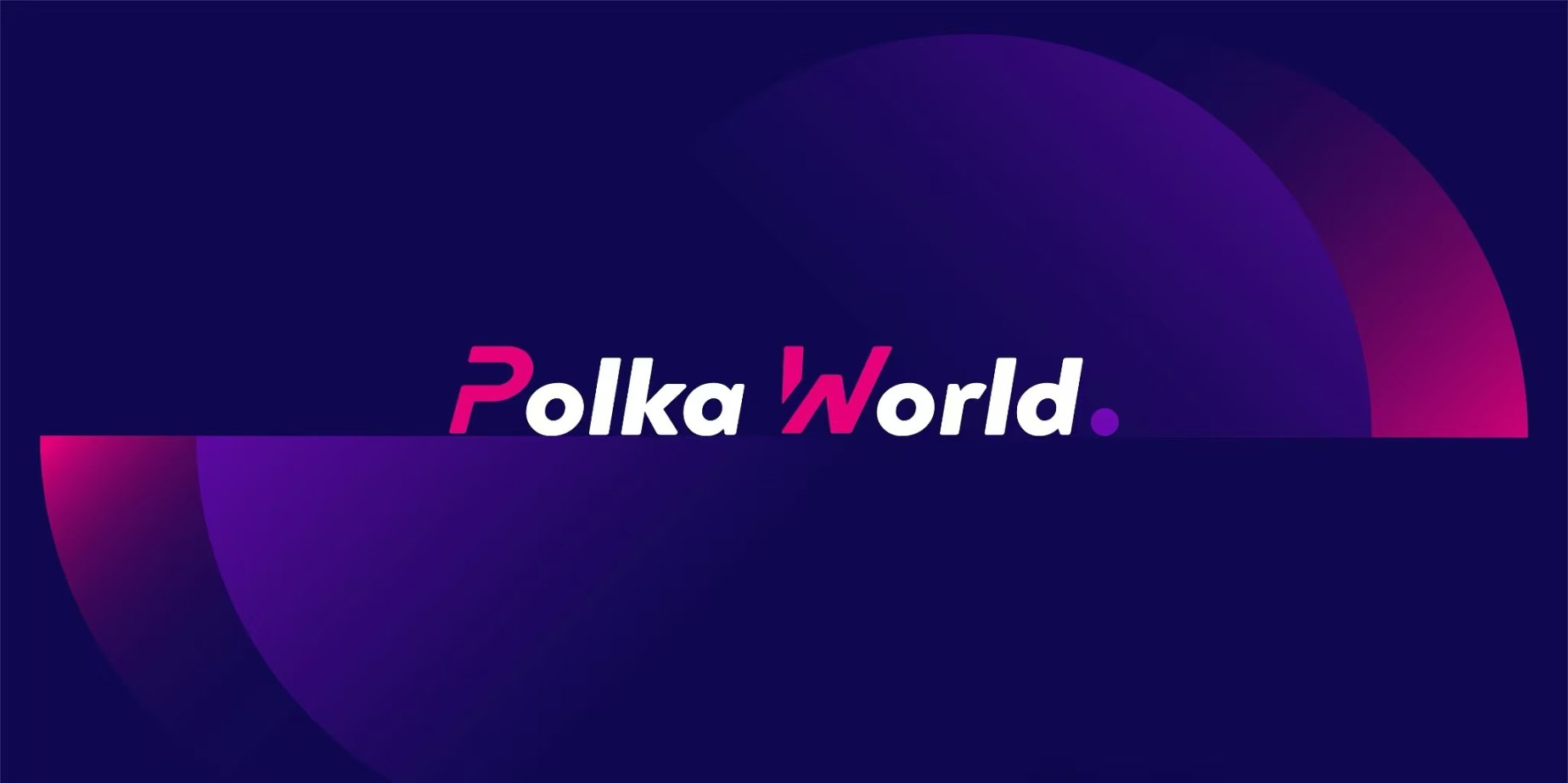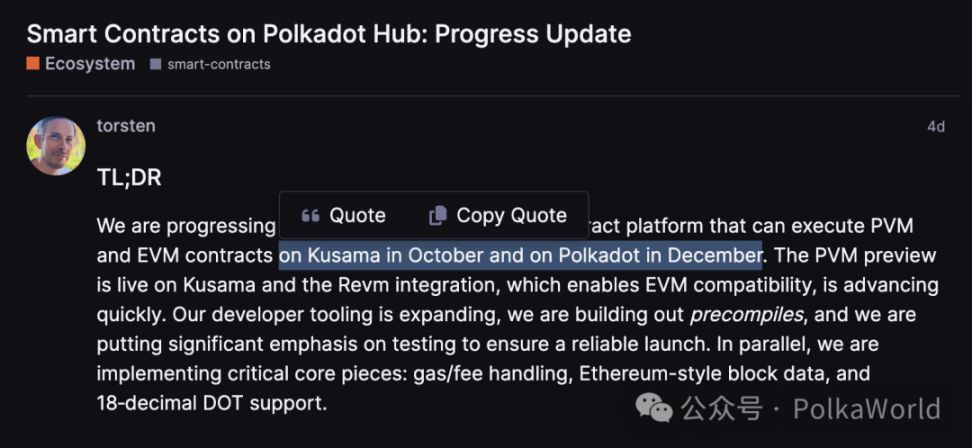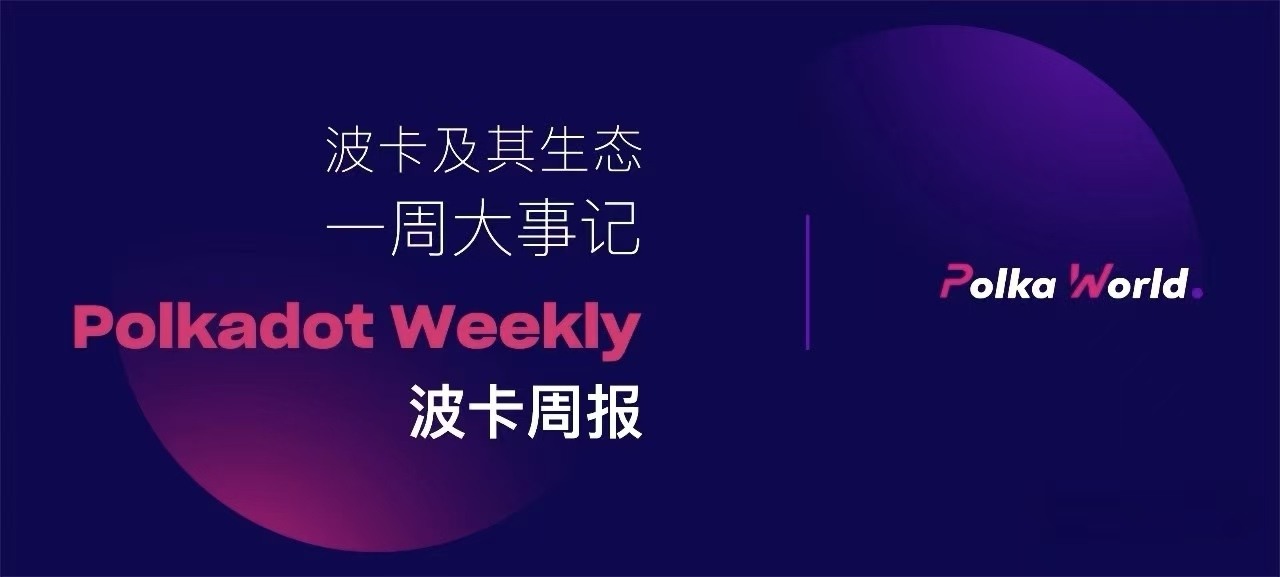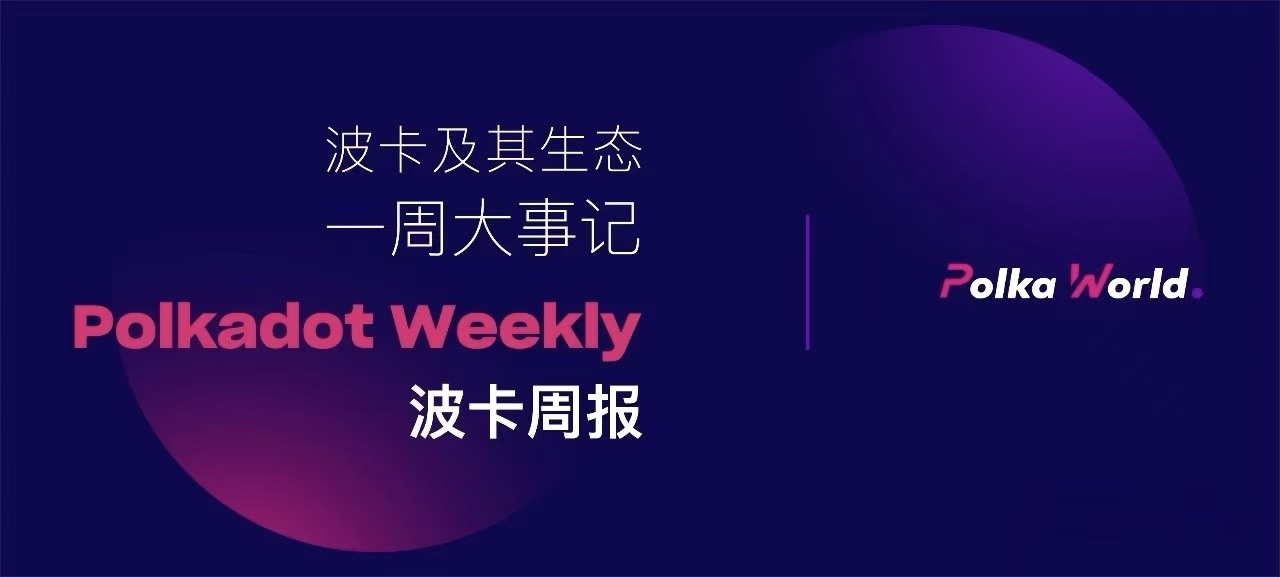A new paradigm beyond EVM chains: Polkadot smart contract platform to launch in October!

In the Web3 world, smart contracts are at the core of a thriving ecosystem.
Recently, the Parity team shared a significant development: they plan to launch the smart contract platform on Kusama first in October, and on the Polkadot mainnet in December. What makes this platform special is that it can run both PVM (Polkadot Virtual Machine) and EVM (Ethereum Virtual Machine) simultaneously.
What does this mean? Simply put, Polkadot will be able to support applications from the Ethereum ecosystem (EVM) while also driving its own innovations (PVM), forming a “compatibility + innovation” dual engine.

PVM and EVM: Dual-Path Strategy
According to Parity’s latest update, the current approach is “walking on two legs”:
1. EVM Compatibility (via Revm):
Allowing Ethereum-based applications to be directly ported to Polkadot. For example, a DeFi protocol on Ethereum can run on Polkadot with almost no code changes. This is very attractive to developers and third-party service providers, as it can immediately attract applications to the platform.
2. PVM Innovation (Long-term Direction):
PVM is Polkadot’s natively designed smart contract virtual machine. It is more powerful than EVM and runs faster (with performance improved by Just-In-Time compilation, JIT), and will be able to support new use cases in the future, such as more complex financial applications and higher-frequency on-chain operations.
In other words, EVM is for “immediate usability,” while PVM is for “greater future potential.” Developers can choose which one to use.
Current Progress Overview
Revm Integration (Ethereum Compatibility)
Revm is being integrated as Polkadot’s EVM backend. Its advantages are:
- Solidity contracts (the most commonly used contract language on Ethereum) can run without modification.
- Developers can still use their familiar toolchains, such as Hardhat and Foundry.
Initial code development is expected to be completed in early September, followed by the testing phase.
2. Gas Mapping and Fee Model
In Ethereum, “Gas” is essentially the “transaction fee calculation method” for each transaction. Polkadot, however, has its own different model.
Parity is working on mapping Ethereum’s Gas to Polkadot’s transaction weight (Weight). This way, wallets and dApps running on Polkadot will behave just like they do on Ethereum, and users won’t need to adapt to a new experience.
Goal: Initial implementation to be completed by early September.
3. Ethereum Block Storage
Many infrastructures (such as indexers and oracles) rely on Ethereum’s block data and Merkle proofs. Parity has added Ethereum-style block storage in pallet-revive, allowing these tools to function properly in the Polkadot environment.
The initial version has been written and is under testing. Next, performance will be further optimized to ensure it does not slow down the chain’s efficiency.
4. DOT Decimal Upgrade (18 Decimals)
Currently, DOT has a precision of 10 decimal places, but Ethereum and most mainstream tools use 18 decimals. Parity has decided to support 18 decimals for DOT on the contract platform as well, enabling seamless integration with Ethereum’s tool ecosystem and avoiding migration issues for developers.
This change has already been completed.
5. Developer Toolchain (Hardhat + Foundry + Anvil)
Parity is actively refining development tools:
- Hardhat and Foundry: The most commonly used development tools in the Ethereum ecosystem, now directly compatible with Polkadot’s environment.
- Anvil local node: A local simulation environment where developers can simulate Polkadot’s execution on their own computers, rather than relying on reference chains. In the future, it may even support “mainnet fork testing,” allowing teams to simulate real mainnet data and scenarios locally.
This will greatly lower the barrier to entry for development, making it easier for more teams to experiment.
6. Testing Investment (Ensuring Reliability)
Parity places great importance on testing to ensure that launched products are “easy to use + stable.”
They have made efforts in several areas:
- Running test suites from top Ethereum applications on both PVM and EVM backends to ensure compatibility.
- Conducting differential testing with Ethereum’s official implementation and fixing issues immediately upon discovery.
- Performing stress tests and performance benchmarks to ensure the chain will not “break” after going live.
The goal is to give developers and users peace of mind: contract execution is correct, fees are predictable, and bugs can be quickly detected and fixed.
What Does This Mean?
This step by Polkadot in the smart contract platform is actually a strategic turning point. In the past, when people mentioned smart contracts, the first thing that came to mind was Ethereum and its layer-2 expansions. But Polkadot’s approach this time is “dual-pronged”—first, quickly attracting applications and developers through EVM compatibility, then opening up new possibilities with PVM.
For developers:
- If you are an Ethereum developer, you can migrate to Polkadot at almost zero cost. Common Solidity contracts, toolchains, and testing environments can all be used directly. This lowers the psychological and technical barriers to switching.
- If you want to try something new, PVM offers more efficient execution, lower costs, and richer features in the future than EVM. In other words, Polkadot is not just “able to run Ethereum,” but provides developers with a more powerful testing ground.
For users:
- Faster execution and lower fees mean a better experience. Whether playing games, using DeFi, or trying new types of applications, users will feel the difference.
- Cross-chain interoperability and DOT’s 18-decimal support make switching between different ecosystems smoother, without obstacles caused by “inconsistent formats.”
For the ecosystem:
- In the short term, EVM compatibility will quickly bring a surge in the number of applications, boosting the ecosystem’s activity and appeal.
- In the long run, PVM’s unique advantages may make Polkadot the first public chain to form a “differentiated narrative” at the contract layer: not only compatible with the old world, but also defining new standards.
- Moreover, since EVM and PVM share the underlying stack, future improvements in tools, precompiles, and RPC will benefit both systems, making the entire ecosystem more unified and cohesive.
So, this is not just a technical upgrade, but a strategic layout for the future. It brings “smart contracts” back to center stage for Polkadot, beyond rollups, interoperability, and scalability.
Next Steps Timeline
- September: Release of PVM Preview V2 on Kusama (supporting ERC20 and basic XCM precompiles).
- End of October: Official launch of EVM and PVM backends on Kusama.
- Mid-December: Official launch of EVM and PVM backends on the Polkadot mainnet.
From Kusama to Polkadot, the timeline for the smart contract platform’s launch is now clear. In the coming months, developers will be able to run unmodified Solidity contracts on Polkadot and also try out the high performance and new possibilities brought by PVM.
This is not just an expansion of the tech stack, but a reconstruction of the ecosystem’s narrative.
In the past, smart contracts were almost synonymous with Ethereum; in the future, Polkadot will use its dual engines of compatibility + innovation to show the world that it can not only support old applications, but also lead new paradigms.
With the September Kusama PVM preview, October EVM + PVM launch on Kusama, and December launch on the Polkadot mainnet approaching, developers, users, and the entire ecosystem are about to usher in a true new era of smart contracts.
The question for Polkadot is no longer “Can it run contracts?” but “How can contracts be used to create a broader future?” Let’s wait and see!
Disclaimer: The content of this article solely reflects the author's opinion and does not represent the platform in any capacity. This article is not intended to serve as a reference for making investment decisions.
You may also like



Polkadot Hub + PDP: Rewrite Rollup Deployment Rules to Accelerate Ecosystem Explosion!

